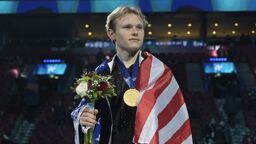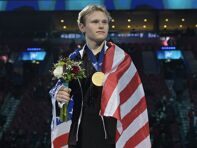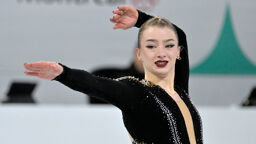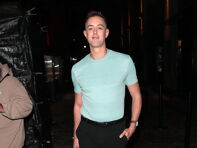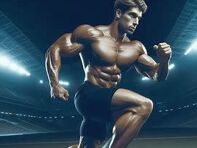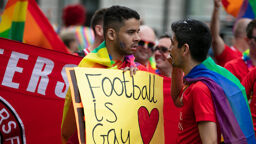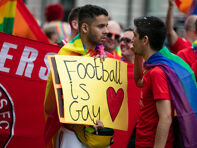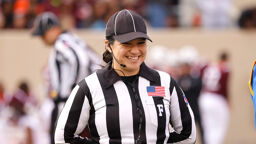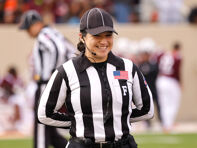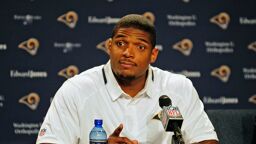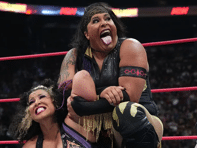Adam Rippon is proud of his butt and makes it clears it’s not enhanced. He also is proud of his large, muscular thighs and six-pack abs. But it wasn’t always this way for the American Olympic figure skater.
In 2016, Rippon, who is openly gay, lived on a diet more fitting for a bird than a world class athlete.
Rippon was subsisting mostly on a daily diet of three slices of whole grain bread topped with miserly pats of the spread I Can’t Believe It’s Not Butter. He supplemented his “meals” with three cups of coffee, each sweetened with six packs of Splenda.
“It makes me dizzy now to think about it,” Rippon told the New York Times.
Two years later, as he awaits competing Friday in the 2018 Olympics men’s figure skating competition, Rippon (5-7, 150 pounds) is a changed man, having gained 10 pounds of muscle, making him an anomaly in a sport where being thin and lithe are desired to execute the moves and jumps the sport demands.
Figure skaters — male and female — struggle with diet and body image issues but with the men it’s more of an open secret. “In recent interviews with nearly a dozen male skaters from the United States, Germany, Russia and Canada, each said he knew competitors who had battled bulimia, the binge-purge syndrome. But no one volunteered any personal details,” Karen Crouse of the New York Times reported.
Body image is an issue many gay men can relate to. The National Eating Disorders Assn. finds that while lesbians report less body dissatisfaction overall, the same is not true for gay men. “Gay males were 7 times more likely to report binging and 12 times more likely to report purging than heterosexual males,” the group said.
While the ideal body type differs — thin is in for skaters, buff is the goal for many gay men — the issues are the same: struggles with diet and an often warped sense of body image. A look at media and social media sites geared to gay men shows what is considered the ideal — hairless, chiseled and ripped, a body that looks like it lives in the gym and is the product of great discipline.
The result is men who are depressed and anxious because they can’t achieve “the look” they perceive everyone wants. I have a friend who gets depressed looking at the “most woofed” list on the social app Scruff, since almost all have ripped, hard bodies that my friend feels he can never obtain. In response, many men then resort to dangerous eating habits or start taking steroids as a shortcut.
While many gay men want to gain muscle weight without the fat, figure skaters want to be extra lean and not muscular, but the emotional and physical struggles to obtain the ideal are the same. Rippon’s coach in 2012 thought he was too muscular and had him start losing weight. The result was a diet where three pieces of bread a day was often Rippon’s only nutrition.
Rippon’s mom, a former dancer, stepped in and the skater started eating more protein and working with a nutritionist to achieve his current look. Yet for many former skaters, diet and body image issues still persist.
Jeremy Abbott, 32, a two-time Olympian who retired last year, strives for a healthy lifestyle, but he told the New York Times that even now, “in all honesty, my body image is probably very low. I’m not in bad physical condition. I have the concept of that. But I still kind of look in the mirror and nitpick everything.”
Interestingly, Rippon opened up about his body image issues for the same reasons he came out openly as gay in 2015 — to be authentic and to help others. As an openly gay man and a figure skater, he has a unique window into an issue that people of all orientations can relate to.
You can find complete Winter Olympics 2018 coverage on SB Nation, and Outsports will have the LGBT angle.



